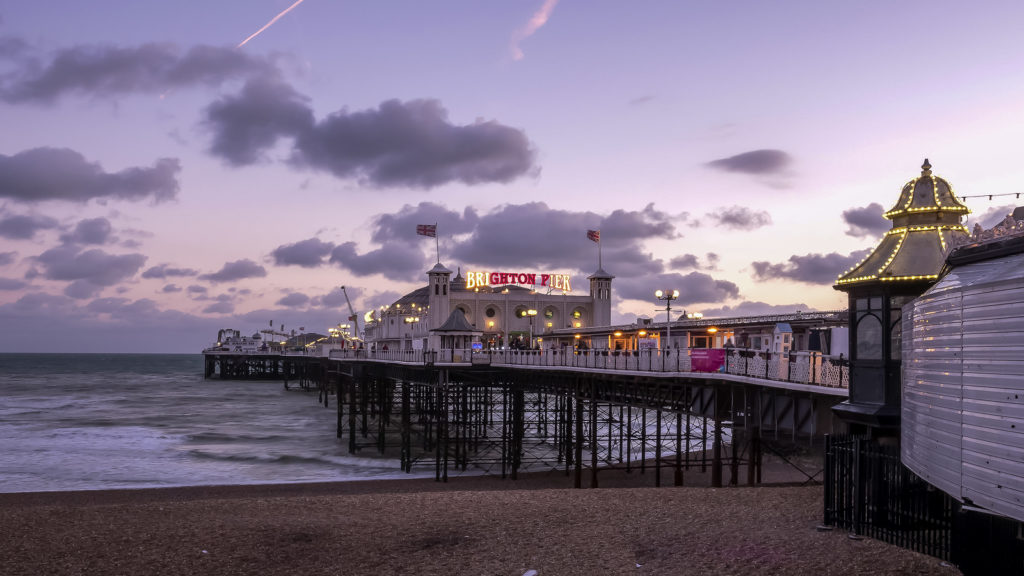News
Brighton Businesses – Are You Prepared For Water Stress?
Businesses in the Brighton and Hove area may well want to review their water resilience plans (or devise them in the first place if they haven’t done so already), given that it seems as though the region will be facing increased water stress and scarcity in the future.
Speaking to the Greater Brighton Economic Board, chief executive of Southern Water Ian McAuley explained that Brighton is in fact one of the most water stressed places he’s ever worked in – and he’s been in Asia, Africa and India, the Brighton and Hove Independent reports.
Despite the fact that local councils have declared a climate emergency, Mr McAuley says he is yet to see urgent action being taken. In around 15 years, there will be a 250 megalitre-a-day deficit, he explained, and as such people now need to start thinking about how they can reduce their consumption to 100 litres a day each.
The city area’s population is expected to grow by 97,000 in the next ten years to reach nearly 950,000, with 50,000 new homes built to accommodate the extra people. A growing number of businesses will also need to draw on energy and water supplies.
Action is being taken, however, to help ensure the resilience of local resources, such as the Sussex Kelp Forest project, focusing on 70 miles of coastline. Mr McAuley, noting that kelp is able to absorb carbon at a much faster rate than trees, said: “We’ve been scrabbling away trying to find places to plant trees for our carbon reduction commitment. The answer is in the ocean!”
The Sussex Inshore Fisheries and Conservation Authority has also pledged to assist with the rewilding of the local coast by agreeing a by-law to ban inshore trawling.
Businesses concerned about the impact that their operations may have in terms of water consumption and wastage given the pressure that will be increasingly placed upon supplies in the future will be glad to hear that there is much they can do to address the situation.
Seeking out alternative water sources is a good first step to take and this could be anything from rainwater harvesting (where water is collected from the roofs of buildings to be used for vehicle washing, irrigation, laundry and so on) to greywater.
This is lightly contaminated water generated through the use of sinks, showers and washing machines and which can be used for flushing toilets, irrigation and more.
If you’d like to find out how you and your business could boost your green credentials today and start making a difference to the environment, get in touch with the team at H2o Building Services today. You might even be able to reduce your water bills at the same time!
